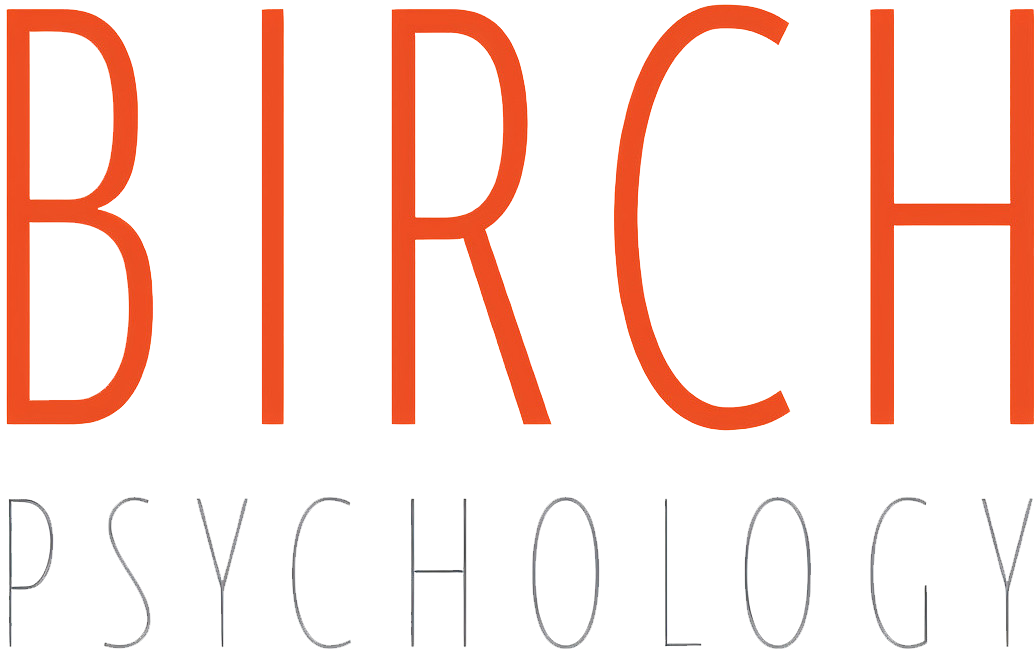Types of Therapy
This blog details five of the types of therapy most common in the field of psychology that our clinicians can offer. This is not a ranking of any of them nor a pro and con list, just basic information about what they look like for your knowledge.
First, we have psychoanalysis. This is the form of therapy developed by Freud that most people associate with a person lying on a couch while the therapist speaks with them. This type of therapy focuses on finding the unconscious meanings and motivations of a person. Once these are identified, the therapy begins focusing on how to change the person’s concerns and conflicts relating to their thoughts, feelings, and behaviors.
Second, we have cognitive behavioral therapy (CBT). This type of therapy is growing in commonality and involves practical solution for problems. As often client focused, where the client leads the conversation and thus their treatment. They will identify the thoughts and behaviors they want to change and the therapist assist from an educational standpoint providing coping skills and other tools to help the client be successful in their goals.
Third is dialectical behavior therapy (DBT). This type of therapy involves a balance between accepting ourselves as we are (mental health issues and all) while also working on changing our concerns and building the life we want to live. This idea involves first accepting the conditions you may have, and accepting that they are a part of you that may never be fully treated away, but that you are able to grow from these conditions still overcome them. The term dialectical comes from this concept- that two things can be true at the same time (you are perfect as you are AND you can be helped).
Fourth is interpersonal therapy. This type of therapy involves cause and effect, and involves drawing a connection between your mood, feelings, behaviors, and relationship issues to your underlying interpersonal issues. These issues likely stem from previous issues relating to grief, adjustment, social roles, and problems with relations. Identifying these, solving them, and then focusing on current day relationships is the overall concept.
Fifth and finally, there is acceptance and commitment therapy (ACT). This type of therapy is similar to the first part of DBT, and involves accepting our thoughts and feelings without trying to change them. We accept that we have certain issues and act certain ways, and learn how to live with them anyways. We can still achieve the life we want by getting out of our head trying to solve or identify things and instead step into the life directly.
Overall, there are many other options besides these five that may work for you. While all of these are researched to be effective and have helped many people, they may not work for you based on your background. Most clinicians offer a mix of these modalities in order to provide the best possible care. Sometimes a specific modality is recommended for a specific issue, but any one can be effective as long as it's the right fit for you! If you have tried therapy before and not had a good experience, it could just be that you need to try a different type!
Kyndal Sims
Birch Psychology
